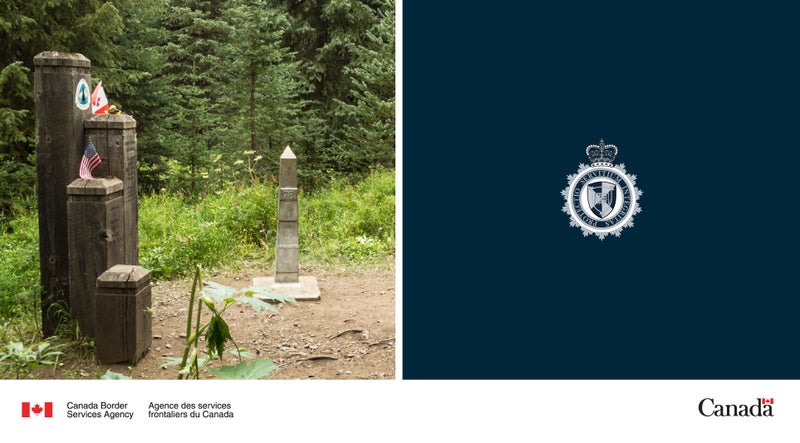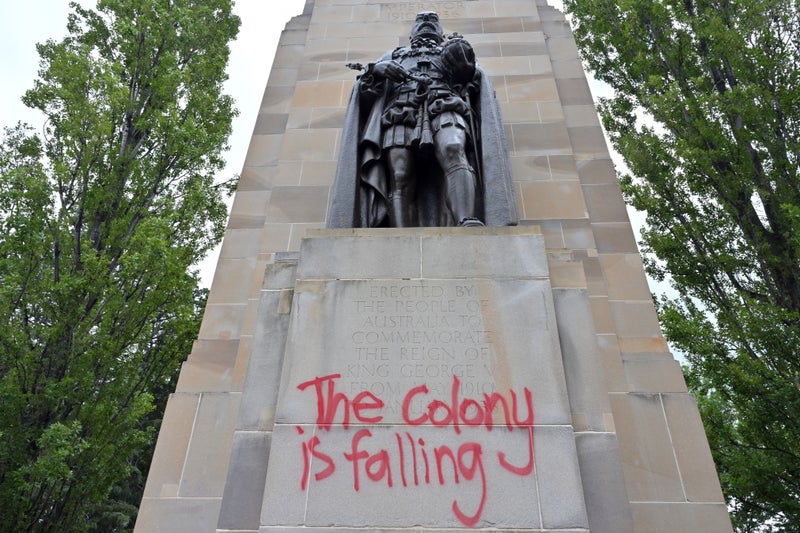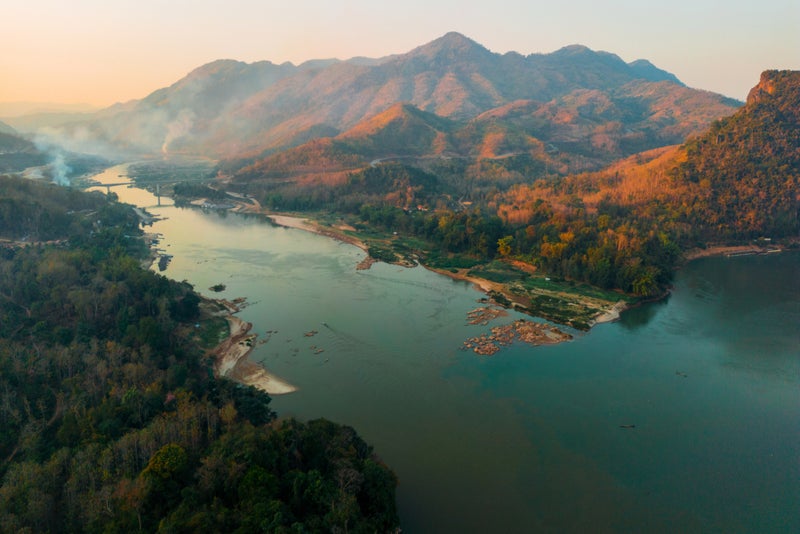I spent four days on a train in the Australian outback — it was my idea of hell
I spent four days on a train in the Australian outback — it was my idea of hell
Share:
When friends talk about enjoying blissful weekends with no plans, I cannot relate. I need to be doing things, lest I am left alone with my thoughts. Which is why, as I arrived at Sydney’s Central Station, I was more than a little apprehensive. I was about to embark on a three night, four day journey on the Indian Pacific, one of ‘the world’s great rail journeys’. Travelling from Sydney to Adelaide and onto Perth, the train spans 4,352 miles and three time zones — for a few confusing hours, you even set your clocks to ‘train time’.

There are some opportunities to disembark, on excursions such as winery and gallery tours, but only for a few hours at a time, and on a strict schedule. For some, this is heaven. Like a cruise on the tracks. But for me, it was sure to be an endurance test. The fact that really alarmed me? The train passes through the Nullarbor Plain, a vast, semi-arid area of the outback, four times the size of Belgium.

Translating to ‘no trees’ in Latin, Nullarbor is a near-deserted landscape with the longest stretch of straight railway in the world — 297 miles without so much as a kink. What the hell had I signed up for?. I prepared as if I was going into very slow, very boring battle. You can only take hand luggage on board, but I managed to squeeze in two books and a game of Monopoly Deal. I was staying in a twin occupancy cabin with an ensuite. The room is modest, but not basic, with luxury toiletries and a bed that vanishes into the wall during the day, reappearing freshly made in the evening.

This soon became a theme on board the train: things just happen for you. Only of course, they don’t. The 30-strong army of staff (who sleep and eat onboard too), keep this 1km-long train moving just as much as its engines. Thomas Treloar, aka the nicest man in Oz, swapped accountancy for his role as guest experience manager. He says he has ‘the best job in the world’, despite answering to the whim of the 200 plus guests. Journey manager Brittney Howe says she’s been working on the trains for 14 years because ‘there’s something about railways, it gets in your blood.’.

While hospitality attendant Holly Wright resigned to work in head office, but after missing her colleagues and passengers, was back within a week. And slowly, but surely, you start to understand why they love it so much. Life is easy on the Indian Pacific — there’s no denying this is a trip for the ‘silver’ traveller (I was one of a handful of guests under 40). You’re called for three-course meals three times a day, and the all-inclusive bar means once the first glass of Pinot is poured, everyone else follows suit. A voice through a speaker periodically tells you which side of the train to look out of, whether that’s to admire Sydney’s Blue Mountains or spot a kangaroo.

Sitting back and watching the outback pass by, like the repetitive background of a cartoon, becomes comforting, not boring. You get a pretty good rest as the train rocks you to sleep (although granted, the first night felt a bit like a tumble dryer), and even a train shower can be enjoyable if you ignore the fact that one bump could send you flying. Despite little to no Wifi, my books and card games were left untouched, as I chatted with other passengers. Yes, there were some you actively swerved to avoid sitting in the bar cart until sundown, but most had fascinating stories to tell of a life well-lived, embarking on their first solo trips after kids had flown the nest or partners had passed away.

I was equally surprised by what I found once I stepped off the train. Shelita Buffet was our guide in Broken Hill, an old mining town that’s enjoyed an unlikely rebirth as the ‘drag capital of Australia’. Shelita looked impossibly glamorous for an ungodly time of the morning, and later told me it takes her three hours to get ready. While I’m certain Shelita is the first drag queen most of the guests had ever seen, she talked with pride about the history of the town she grew up in. A century ago it had a population of around 33,000; today, it has dwindled to 19,000.

Broken Hill’s drag credentials are thanks to its starring role in 90s movie, Priscilla Queen Of The Desert, but when asked, Shelita doesn’t speak of a thriving LGBTQ+ scene. You have to admire her for striding confidentially around a town where she is sure to garner attention, welcome or not. That afternoon, we made it to Adelaide, and into the Barossa Valley, wine country famous for its Cabernet and Shiraz. Locals tell me this is a must-visit, but a trip during August – Aussie winter – was not the best time to go, with bare vines and drizzle.

It was the stops in the deepest depths of the outback that have stayed with me most. There’s Cook, built in 1917 as a support town for the railway. Today, it has just five permanent residents, who work there for four to six weeks at a time. Wandering around is eerie; a sign reminds you you’re in ‘the middle of nowhere’. The abandoned school building still has colourful murals on the walls and school rules in the playground, and a swimming pool has been filled up with rubble. Another sign reads: ‘Our hospital needs your help, get sick’.


.jpg?auto=webp&width=800)



















